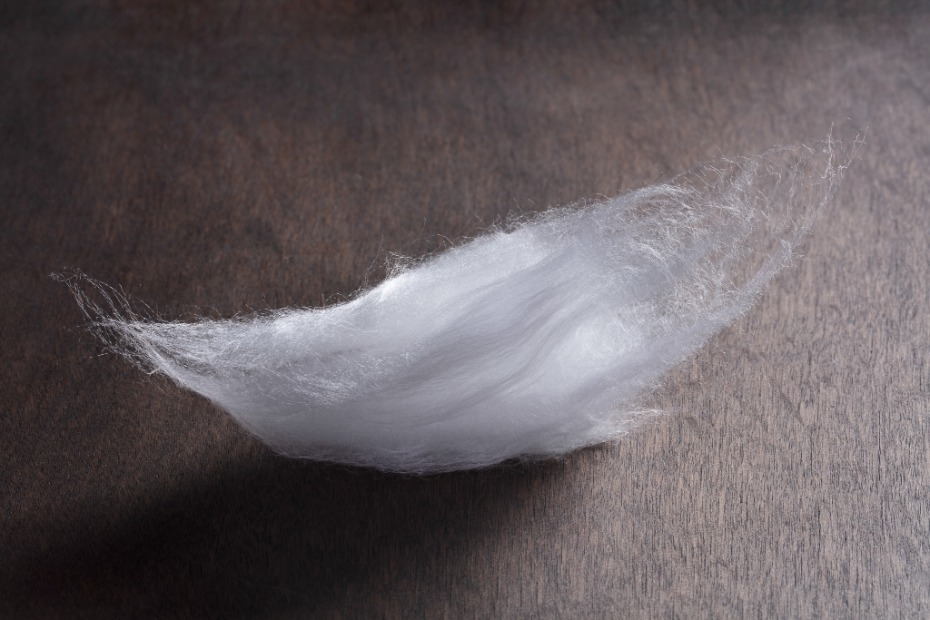In the ever-evolving textile industry, the choice of fabric material plays a crucial role in determining the quality, comfort, and sustainability of the end product. Two popular options, viscose and polyester, have gained significant attention due to their unique properties and versatility. In this article, we will delve into the debate of whether viscose is better than polyester, exploring various aspects such as comfort, environmental impact, durability, and versatility.
- Comfort:
When it comes to comfort, viscose takes the lead over polyester. Viscose, also known as rayon, is derived from natural fibers such as wood pulp or bamboo. This natural origin gives viscose a soft and breathable texture, making it ideal for clothing items that require comfort and breathability, such as dresses, blouses, and underwear. On the other hand, polyester, a synthetic fiber, tends to trap heat and moisture, leading to discomfort and perspiration, especially in warm climates or during physical activities. - Environmental Impact:
In recent years, environmental sustainability has become a significant concern in the textile industry. Viscose emerges as a more eco-friendly choice compared to polyester. Viscose production involves a chemical process, but the raw materials used are renewable and biodegradable. Additionally, advancements in production techniques have led to the development of eco-friendly viscose, which reduces the environmental impact even further. In contrast, polyester is derived from petroleum-based products and requires extensive energy consumption during production. Moreover, polyester is non-biodegradable and contributes to microplastic pollution, posing a threat to marine life and ecosystems. - Durability:
Polyester is renowned for its durability and resistance to wrinkles, shrinking, and stretching. This makes it a popular choice for sportswear, outdoor gear, and upholstery. However, viscose, when properly cared for, can also exhibit good durability. It is important to note that viscose is more prone to wrinkling and shrinking compared to polyester. However, advancements in fabric technology have led to the development of blended fabrics, combining the best qualities of both viscose and polyester, resulting in improved durability and wrinkle resistance. - Versatility:
Both viscose and polyester offer versatility in terms of their applications in the textile industry. Viscose, with its soft and drapey nature, is often used in the production of elegant evening wear, lingerie, and lightweight summer clothing. It can also be blended with other fibers to enhance its properties. Polyester, on the other hand, is highly versatile and can be found in a wide range of products, including clothing, home textiles, carpets, and industrial fabrics. Its strength, durability, and resistance to fading make it a popular choice for various applications.
Conclusion:
In the debate of viscose vs. polyester, it is evident that viscose holds several advantages over polyester in terms of comfort, environmental impact, and versatility. While polyester excels in durability, the growing demand for sustainable and eco-friendly textiles has propelled viscose to the forefront of the industry. Ultimately, the choice between viscose and polyester depends on the specific requirements of the end product and the values of the consumer.
